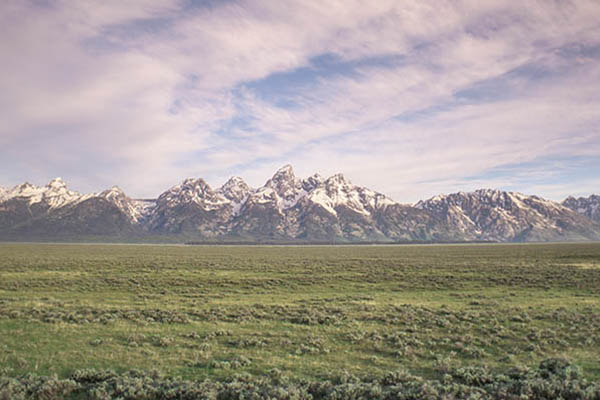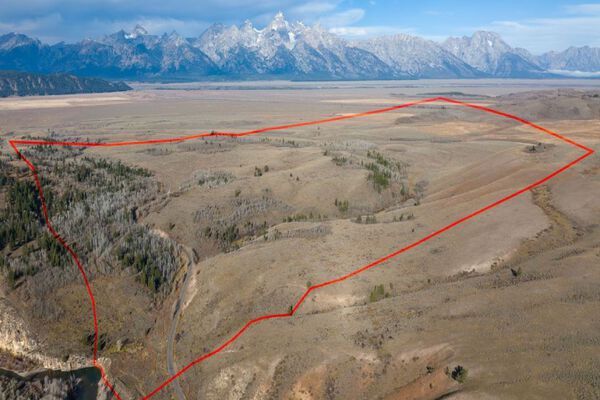
River otters enjoying a winter day in Grand Teton. Photo by Ryan Sheets
Warm temperatures in February have led to some interesting behaviors from Grand Teton’s wildlife:
• By late February bull moose have dropped their antlers. To tell the difference between males and females, look for the antler attachment points, called pedicles, on the heads of males or the white fringed area around the tail on females.
• It’s nearing the end of the wolf breeding season. Similar to dogs the gestation period for wolves is 63 days. Females will whelp pups in mid-to-late April, but the pups will not emerge from dens until May.
• Ermine are crust cruising and leaving behind tell-tale signs of their activities — dumbbell shaped tracks zig-zagging across the snows surface and small holes that plunge to the subnivean environment where they find prey.
• A few small groups of bull bison can be seen on native winter ranges. These hardy bison are toughing it out on barren south facing slopes where vegetation is exposed.
• Sage grouse are year-round residents and survive the winter by foraging on sagebrush leaves exposed above the snow. They will begin their courtship at lek sites in late March and April.
• Mule deer that summer in the northern portions of Grand Teton are on their winter ranges in the North and South Forks of the Shoshone River near Cody. Animals, like mule deer, migrate to avoid the harsh winter conditions encountered at higher elevations and to find food which is more accessible at lower elevations where snow cover is reduced.
• On sun-exposed aspects, trees radiate warmth causing the area around the base of the tree to melt out and expose cured vegetation. Resident mule deer are moving from tree well to tree well to take advantage of the available browse.
• As days gradually lengthen, ravens, bald eagles, and great-horned owls — some of the areas earliest nesters — begin courtship activities.
• Pronghorn are poorly adapted to deep snow and the typical extreme winter conditions of Jackson Hole. This winter’s unseasonably warm temperatures have resulted in snow-free conditions at the south end of the valley affording the 55 pronghorn that did not migrate out of the valley a lucky break.
• River otters are active near water bodies all winter using holes in the ice to move between land and water. Otters are well adapted to a life in and out of cold water with thick, protective fur that helps them keep warm. Because of their short legs, webbed feet, and sleek bodies they are strong swimmers.










